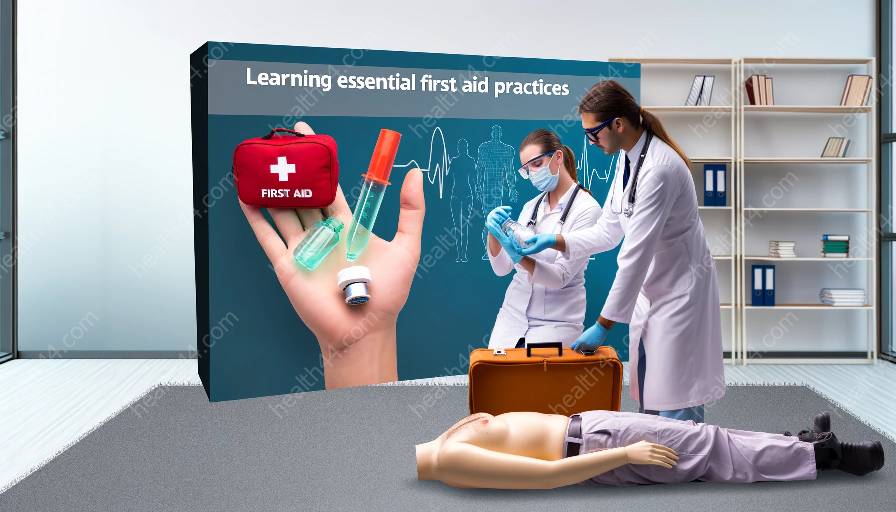Stroke recognition and response are critical components of first aid and health education. Properly identifying the signs of a stroke and responding promptly can save lives and minimize potential complications. In this topic cluster, we will delve into the various aspects of stroke recognition and response, providing insights for medical training and promoting awareness for the general public.
Recognizing a Stroke
Understanding the signs of a stroke is crucial for timely intervention. The acronym FAST is commonly used to help individuals recognize the symptoms:
- F (Face): Ask the person to smile. Does one side of their face droop?
- A (Arms): Ask the person to raise both arms. Does one arm drift downward?
- S (Speech): Ask the person to repeat a simple phrase. Is their speech slurred or strange?
- T (Time): If any of these signs are observed, it's time to call emergency services immediately.
Other signs of a stroke may include sudden numbness or weakness in the face, arm, or leg, especially on one side of the body; sudden confusion, trouble speaking, or difficulty understanding speech; sudden trouble seeing in one or both eyes; sudden trouble walking, dizziness, loss of balance or coordination; and sudden severe headache with no known cause.
Responding to a Stroke
Once the signs of a stroke are recognized, the following first aid and medical training tips can be implemented to ensure a prompt and effective response:
- Call Emergency Services: It's essential to call for emergency medical assistance immediately upon recognizing the signs of a stroke. Time is of the essence when dealing with a stroke, and rapid intervention can significantly improve the outcome.
- Keep the Person Calm and Comfortable: While waiting for emergency medical help, ensure that the individual is in a comfortable position, and try to keep them calm and reassured.
- Do Not Give Food or Drink: It's important to avoid giving the person anything to eat or drink, as swallowing may be compromised during a stroke.
- Monitor and Record Symptoms: If possible, note down the time when the symptoms first started and any additional symptoms that develop afterwards. This information can be valuable for medical professionals.
Health Education and Awareness
Building awareness about stroke recognition and response is a crucial aspect of health education. By promoting knowledge and understanding of strokes, communities can work towards reducing the impact of strokes and improving outcomes for individuals:
- Community Workshops and Training: Organize workshops and training sessions to educate community members, healthcare providers, and first responders about stroke recognition and response. These initiatives can empower individuals to take action and provide timely assistance in stroke emergencies.
- Public Awareness Campaigns: Utilize various media platforms, including social media, print, and visual media, to raise awareness about stroke signs, symptoms, and the importance of immediate response. Engage with local communities to ensure wide dissemination of information.
- Collaboration with Healthcare Providers: Work closely with healthcare professionals and organizations to develop educational materials and resources that can be used to inform and educate the public about strokes. Offer support and training opportunities to enhance stroke recognition and response capabilities.
Conclusion
Recognizing a stroke and responding promptly can make a significant difference in the outcome for an individual experiencing a stroke. By integrating this knowledge into first aid practices and health education efforts, we can empower communities to act swiftly and effectively in stroke emergencies, ultimately saving lives and reducing the impact of strokes on individuals and their families.



